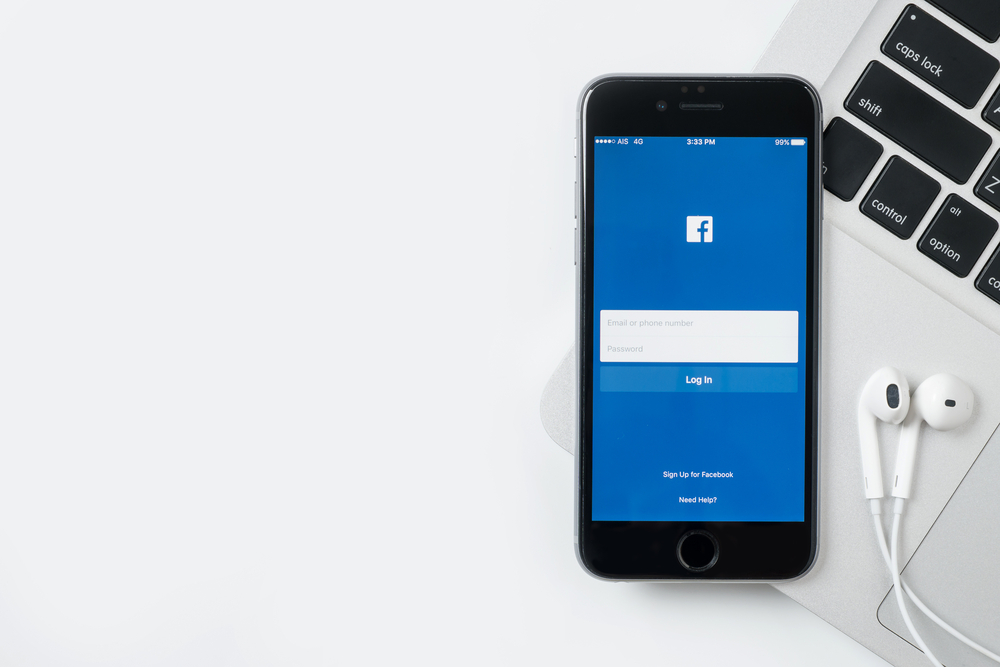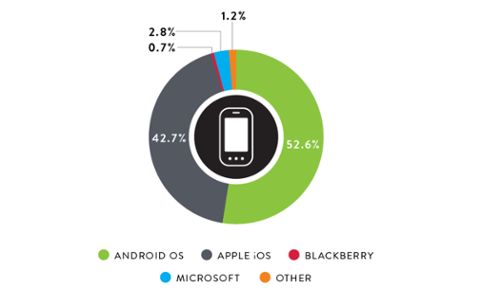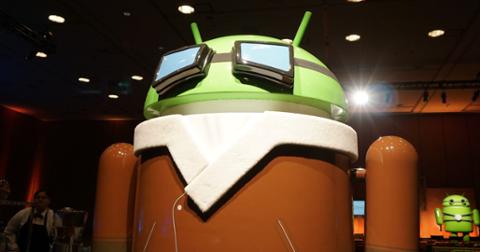
Facebook and Google owned eight of the top 10 U.S. smartphone apps in 2016, according to a
new list from research firm Nielsen. The firm based its list on average unique audiences for individual apps. The top app, Facebook, had approximately 146,027,000 users in 2016, and racked up year-over-year growth of 14 percent. The rest of the apps, in descending order, included:
- Facebook
- Facebook Messenger
- YouTube
- Google Maps
- Google Search
- Google Play
- Gmail
- Instagram
- Apple Music
- Amazon App
As part of its findings, Nielsen also offered some insight into the U.S. smartphone market as a whole. Between January and September 2016, for example, smartphone penetration increased from 86 percent to 88 percent of U.S. mobile subscribers. A slim majority (86 percent) of those subscribers used Android, while 45 percent relied on Apple’s iOS:

In addition, two percent of U.S. smartphone owners still used Windows Phone, while one percent continued to carry a BlackBerry. Over the past few years, both platforms struggled against the duopoly of Android and iOS, only to end up overwhelmed; the gargantuan size of the Apple and Google app stores made it especially hard for Microsoft and Research In Motion (later rebranded as BlackBerry) to gain traction among developers and users. It’s perhaps no surprise that Facebook, Google, Apple, and Amazon dominate Nielsen’s list of top apps. After all, all four companies provide services collectively used by billions of people. Google’s various apps come bundled with Android, and Apple Music is integrated into iOS, making it that much easier for Google and Apple to put key apps right in front of their users. Those big brands’ dominance of smartphones’ precious screen real estate makes it that much harder for other, smaller apps to “break through,” especially if those tinier rivals focus on a category such as communication or media. With lifespans
short even for bestselling apps, smaller developers need to have a marketing and outreach plan in place well before their release date.
 Facebook and Google owned eight of the top 10 U.S. smartphone apps in 2016, according to a new list from research firm Nielsen. The firm based its list on average unique audiences for individual apps. The top app, Facebook, had approximately 146,027,000 users in 2016, and racked up year-over-year growth of 14 percent. The rest of the apps, in descending order, included:
Facebook and Google owned eight of the top 10 U.S. smartphone apps in 2016, according to a new list from research firm Nielsen. The firm based its list on average unique audiences for individual apps. The top app, Facebook, had approximately 146,027,000 users in 2016, and racked up year-over-year growth of 14 percent. The rest of the apps, in descending order, included:
 In addition, two percent of U.S. smartphone owners still used Windows Phone, while one percent continued to carry a BlackBerry. Over the past few years, both platforms struggled against the duopoly of Android and iOS, only to end up overwhelmed; the gargantuan size of the Apple and Google app stores made it especially hard for Microsoft and Research In Motion (later rebranded as BlackBerry) to gain traction among developers and users. It’s perhaps no surprise that Facebook, Google, Apple, and Amazon dominate Nielsen’s list of top apps. After all, all four companies provide services collectively used by billions of people. Google’s various apps come bundled with Android, and Apple Music is integrated into iOS, making it that much easier for Google and Apple to put key apps right in front of their users. Those big brands’ dominance of smartphones’ precious screen real estate makes it that much harder for other, smaller apps to “break through,” especially if those tinier rivals focus on a category such as communication or media. With lifespans short even for bestselling apps, smaller developers need to have a marketing and outreach plan in place well before their release date.
In addition, two percent of U.S. smartphone owners still used Windows Phone, while one percent continued to carry a BlackBerry. Over the past few years, both platforms struggled against the duopoly of Android and iOS, only to end up overwhelmed; the gargantuan size of the Apple and Google app stores made it especially hard for Microsoft and Research In Motion (later rebranded as BlackBerry) to gain traction among developers and users. It’s perhaps no surprise that Facebook, Google, Apple, and Amazon dominate Nielsen’s list of top apps. After all, all four companies provide services collectively used by billions of people. Google’s various apps come bundled with Android, and Apple Music is integrated into iOS, making it that much easier for Google and Apple to put key apps right in front of their users. Those big brands’ dominance of smartphones’ precious screen real estate makes it that much harder for other, smaller apps to “break through,” especially if those tinier rivals focus on a category such as communication or media. With lifespans short even for bestselling apps, smaller developers need to have a marketing and outreach plan in place well before their release date. 


